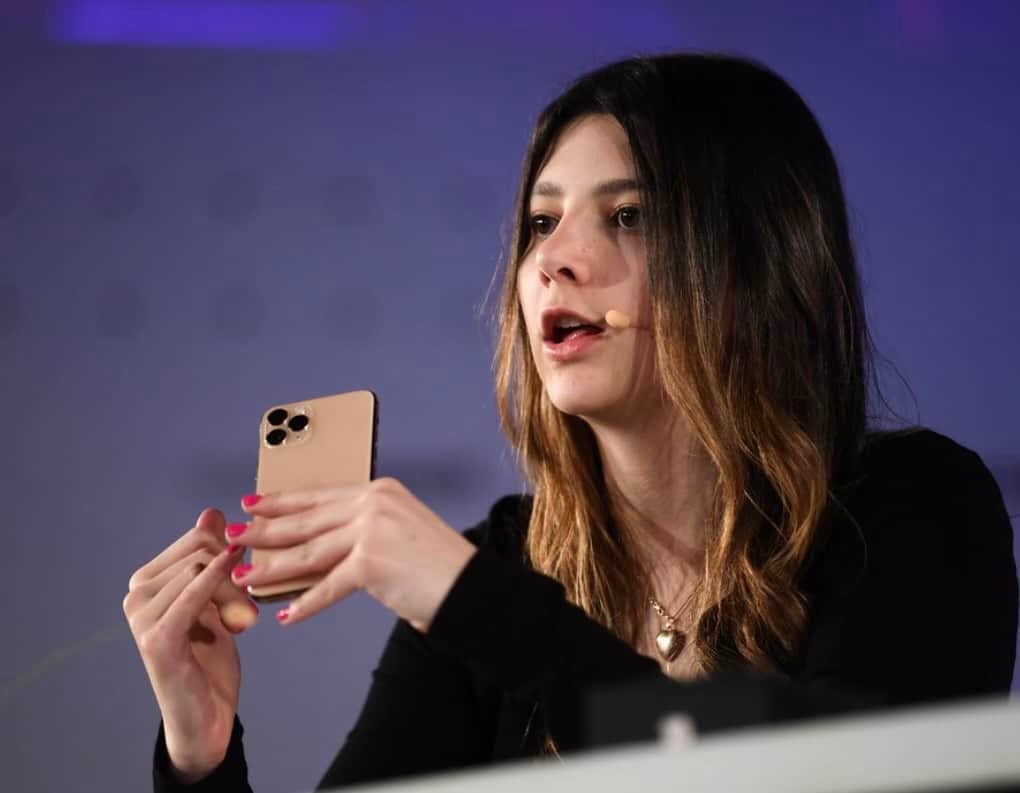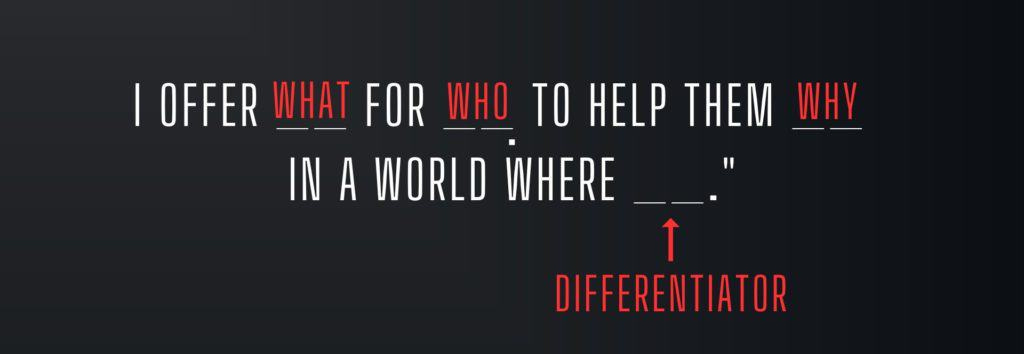Personal Brand 101: Transform yourself into an opportunity magnet
It’s never been easier to engineer your own luck, and thanks to the internet you can do it for free.
When I first started a blog in 2018, I knew little about the digital landscape.
But I soon found that the words I published became how people came to know me.
For better or worse, every paragraph influenced others' perception of me.
It took several hundred-thousand words for me to realize I was building a personal brand, and another half-million to recognize the doors I could open because of it.
Your brand is your story. It’s how you choose to show up each day, and it reflects how much you care about improving the world around you.
And the better you tell your story, the more opportunities come your way.
Embracing the digital society
To be sure, I do know those who dismiss anything related to social media. And that's fair enough.
But it's worth noting that society today largely takes place online:
Twitter makes socializing remote-optional
An increasing number of people use TikTok for news
Three-quarters of hiring managers incorporate social media for screenings
Thanks to the web, “brand” is no longer reserved for companies or celebrities. It’s now a stand-in for anything from job applications to dating profiles.
“Building a personal brand around your career is the best professional insurance you could ask for,” according to Jack Appleby, creator of Future Social, a newsletter teaching brand and social strategy to over 45,000 marketers.

“It’s a whole lot easier to find your next job or client when your thoughts and experience are easily googled," he told me.
Appleby noted that his last three jobs came from cold outreach on Twitter from people who saw his tweets analyzing various brands' strategies.
“I even had a Spotify product manager message me, giving me the chance to work with my favorite app. Putting yourself out there can have wild results.”
Engineer your own luck
Nothing happens overnight, but the upside of a personal brand snowballs over time.
Here's the equation at play:
The more thoughtful work you not only create but share, the greater the leverage you grant yourself.
The more leverage you have, the more you can engineer your own luck, which in turn invites further opportunity.
Video creator Jacklyn Dallas, 21, has done this expertly over an 8-year stretch, accruing roughly 200,000 subscribers and 14 million views on her tech-focused YouTube channel, NothingButTech.
She's been able to leverage her nearly 400-video portfolio to work with names like Google and Samsung, and she's spoken in lecture halls at Harvard and MIT.
"Creating videos and a personal brand is the ultimate flywheel for serendipity," Dallas told me, adding that there's a direct connection between volume of work and the amount of opportunities she gets in her inbox.

"I can put 40 hours of work into a video, and then within an hour of posting, the video can get 400 hours of watch time," she said. "The work is exponential, and you never know who's watching."
Start with 3 sentences
As Appleby and Dallas illustrate, building a personal brand requires showing up over and over in the digital world.
But how you choose to show up matters. If you’re aiming up, your personal brand becomes aspirational.
The idea should be that everyone exposed to your work sees their life improve. A bit idealistic, but if you’re aiming to educate or entertain, this remains a possibility every time you publish.
As I wrote last week, you can clarify your aim by defining both your ideal and nightmare scenarios into single sentences.
Then, to go a step further, you can specify the problem you wish to help others solve, via a product or service. Entrepreneur Jon Brosio’s Creator Statement is a great starting point for this:
These three sentences together can give you a more concrete brand vision than most business owners have today.
Your audience is you
The easiest way to find an audience is to spend more time where millions of people are already hanging out.
Twitter. Instagram. TikTok. YouTube. LinkedIn.
Broadly, your audience includes:
People who want to do what you have done
People who want to solve the problems you know how to solve
People who find your ideas entertaining
This means that you are the avatar for your own target audience.
I've found that niching down by topic isn't necessarily the best path forward.
Instead, when you simply share who you are and the problems you can solve, you attract individuals who are on the same journey as you — and that's who's most likely to stick around.
Just hit publish
Ultimately, a personal brand is born from a high volume of work aimed in a specific direction.
Here's how Dallas put it:
"You have to do the un-scalable things for a long time before you actually see it pay off."
That means a lot of writing and experimenting.
And hitting "publish" over and over again.
Still, there are ways to maximize how far your work can go. It helps if you can write something once, then publish it a dozen times.
Here's roughly what I do:
Write an article
Repurpose the article as a newsletter
Summarize and condense for LinkedIn
Pull bite-sized takeaways to post on Twitter
Use the article as a video or podcast script
Productize your expertise
Before we close, it's worth highlighting that social media can act as a sales funnel if you want to turn your expertise into a paid offering.
But it won't work if you show up and start pitching products right away, without having the portfolio of content — a personal brand — to back it up.
The aim should be to produce enough meaningful work for your audience to know and trust you, so that when you eventually have something to pitch, buying from you is a no-brainer.
(The best sales funnels are invisible.)
The way to avoid coming off as a snake oil salesman is to teach, share insights, and deliver value via entertainment or education.
Putting yourself out there can be scary and difficult. It requires a mix of vulnerability and confidence.
Appleby, who tweets daily to his more than 60,000 followers, acknowledged that no degree of kindness or tact can fully prevent barbs from strangers.
"[Haters] are part of the deal, unfortunately," he explained. "The pros can massively outweigh the cons, but you've gotta have the interest and thick skin in putting yourself out there."
You can subscribe to Jack Appleby's newsletter, Future Social, here.


